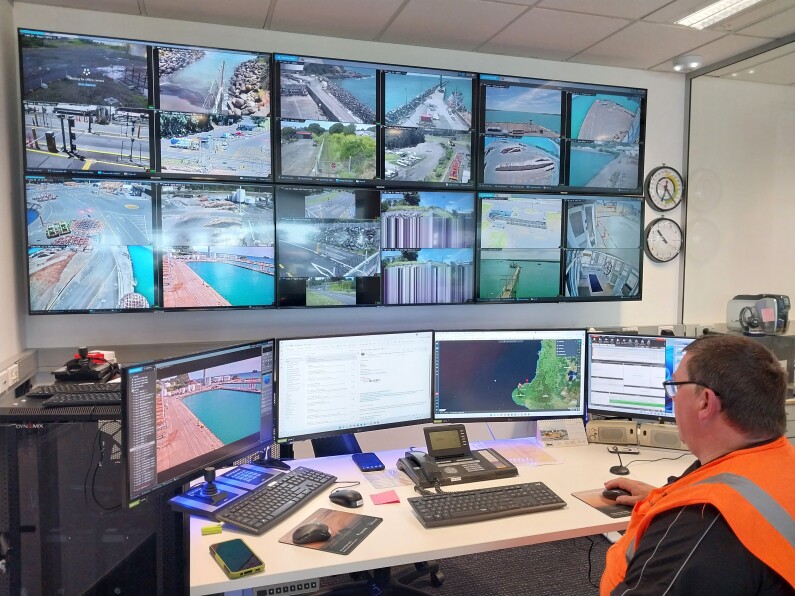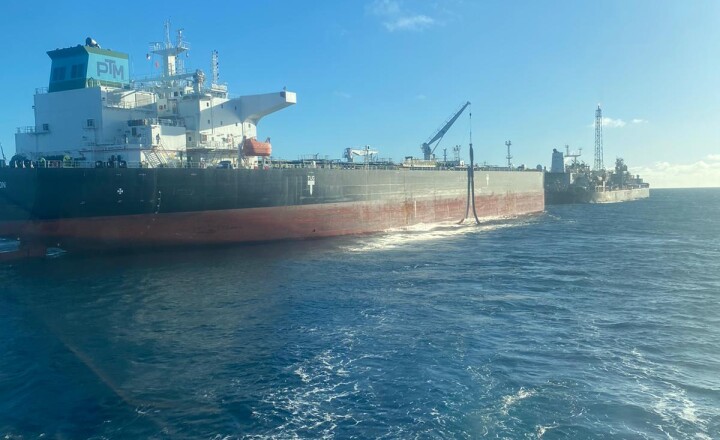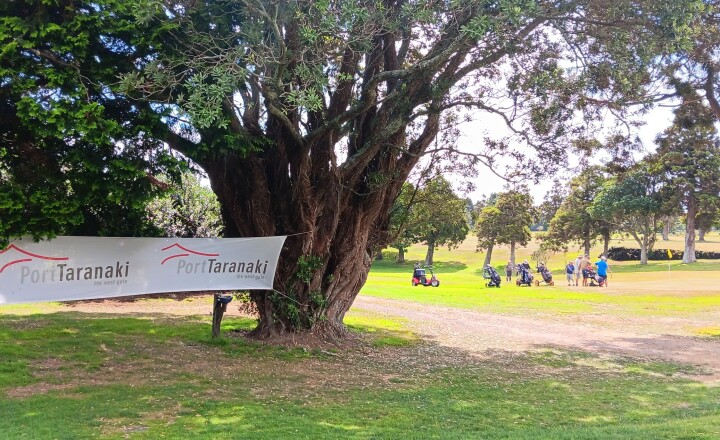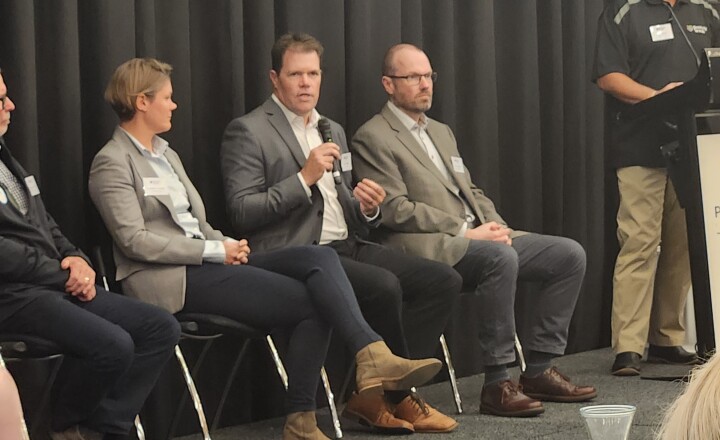
It looks like Andy Wiseman’s flying a highly sophisticated aircraft rather than monitoring security at Port Taranaki.
In a small, slightly darkened room in the Port Taranaki Centre, the communications and security officer is surrounded by a sea of screens, all displaying feeds from some of the multiple cameras that keep watch over the port – its vast boundary, its wharves, its fleet, its customers and the harbour.
As he keeps a close watch, occasionally a beep sounds. On one of the adjacent monitors, Andy checks the digital control system (DCS) that manages and monitors the gas pipelines and the fire water system on the port’s energy wharf the Newton King Tanker Terminal (NKTT). He also scans the gas, smoke and burglar alarms around the site. He confirms all is OK, resets and continues his watch.
Port Taranaki has recently carried out a major upgrade of its security system that has seen it invest in state-of-the-art technology and move the control room from the terminal building at the NKTT to the main Port Taranaki Centre.
“For 20 years, since the Maritime Security Act 2004 came in, port security has been a key requirement,” explains project manager for the upgrade Mark Stewart. “This includes closing off the port to the public, fencing around the port, having authorised access only, and having a camera system to monitor the gates and boundary.
“Security at the top end is very, very important. If you don’t have security, you don’t have a port because you’re not meeting your international obligations.”
Port Taranaki engaged Auckland company Nextro for design of the security system upgrade – technology that helps better protect the port and its customers’ assets and trade into the future, and supports additional tech and enhancements to be integrated over time.
“They’ve designed security systems for the likes of Auckland Airport and Eden Park. What we’ve got is a similar but on a smaller scale,” says Mark.
The upgrade has included the addition of ultra-high definition, or 4K, monitors to support the on-port camera system; the inclusion of the DCS so that the likes of the firewater system, gas pipelines, and alarms can be accessed remotely; and ‘soft radio’ that enables the comms and security officer in the control room to talk to incoming ships, the NKTT, and the port’s other channels over the internet, rather than on a traditional radio system.
“We had only three screens previously, but we’ll have 14 once complete, and this will include one with weather conditions, and another for our ShoreTension mooring system,” says Mark.
“We can monitor the feed from multiple cameras at any time, and there’s the ability to review footage from the past 30 days.”
Mark says the upgrade has been remarkable.
“It’s a massive step forward from where we were. All the operations of the port are now monitored from here, including our customers’, and it gives us more control, knowledge and visibility. It makes the job a lot simpler for the comms and security officer because they can now keep an eye on everything from this one desk.
“The system also enables other port staff to view, on their phone, camera feeds from a specific area related to their work. So, for example, the planning team can see what is happening on the berths without having to physically be on-site, the wharf services team can see what’s happening with ShoreTension, and the pilots can see what’s happening in the harbour. It really helps with operational efficiency and gives people key information and knowledge.”
And the improvements don’t stop there.
Mark says there are plans to make more updates in the next 12 months, such as amalgamating some of the tech to make the job even easier.
“We’re thrilled with the result. The comms and security officer role is a very responsible position, so this upgrade really assists them with their work, which is fantastic.”


